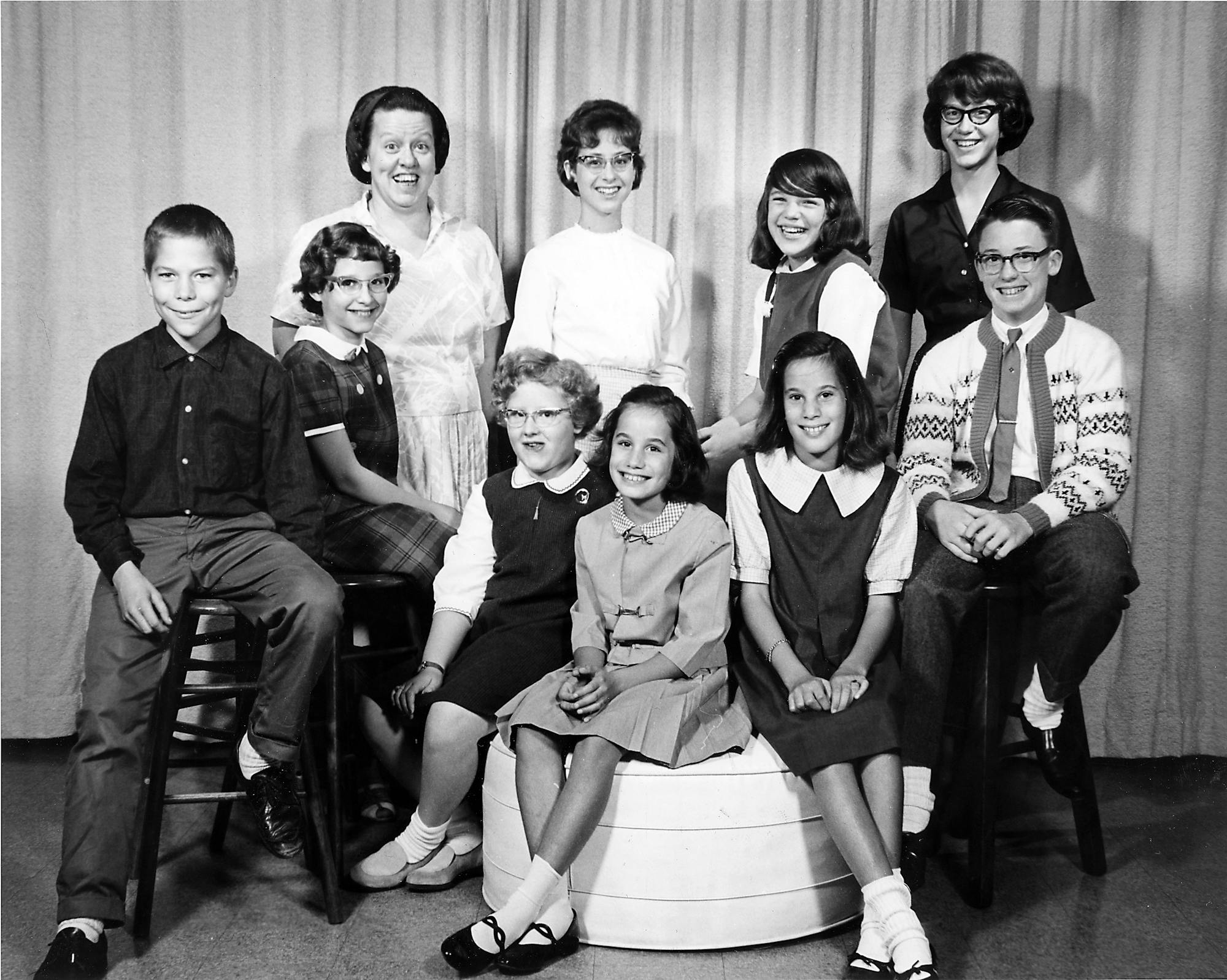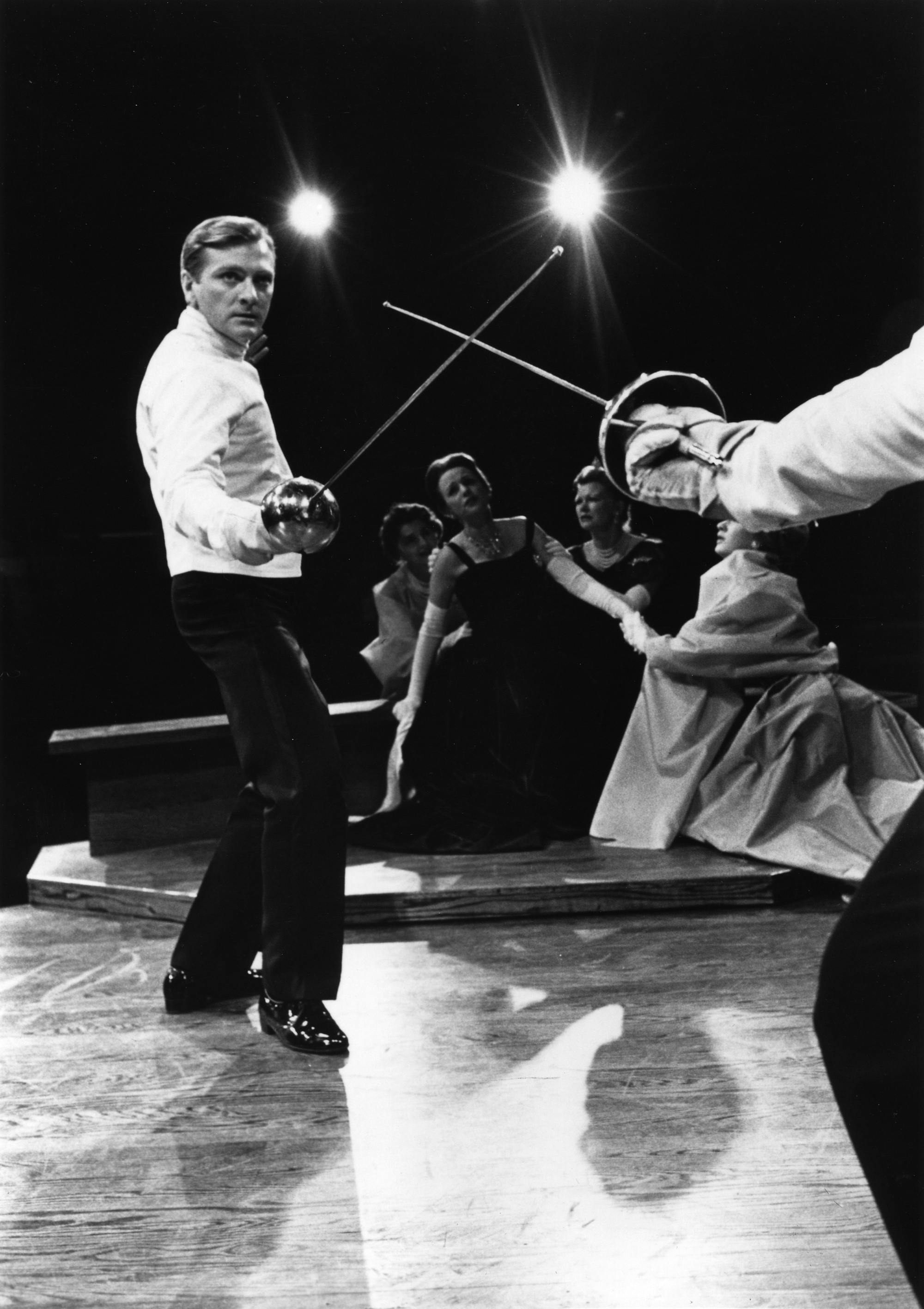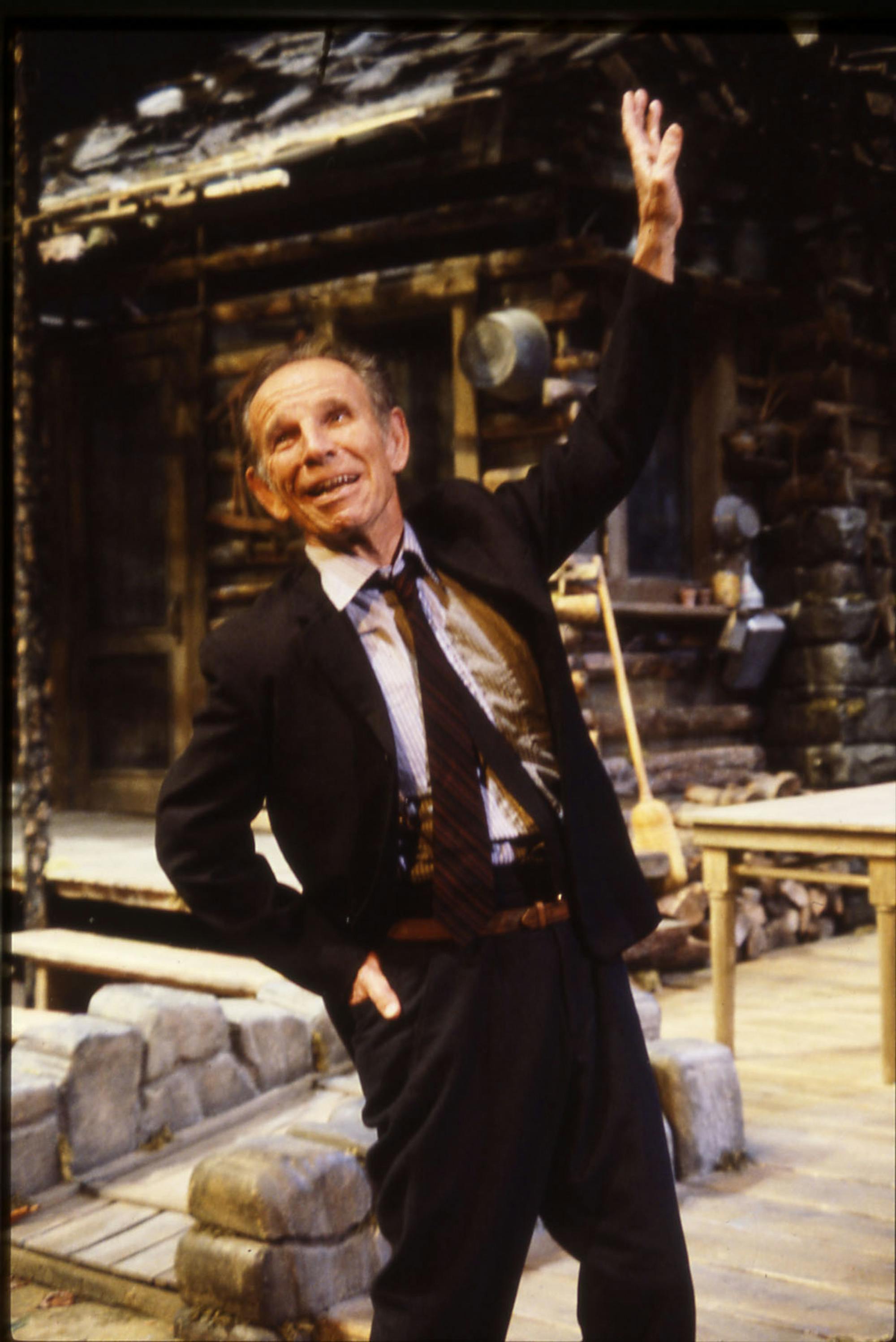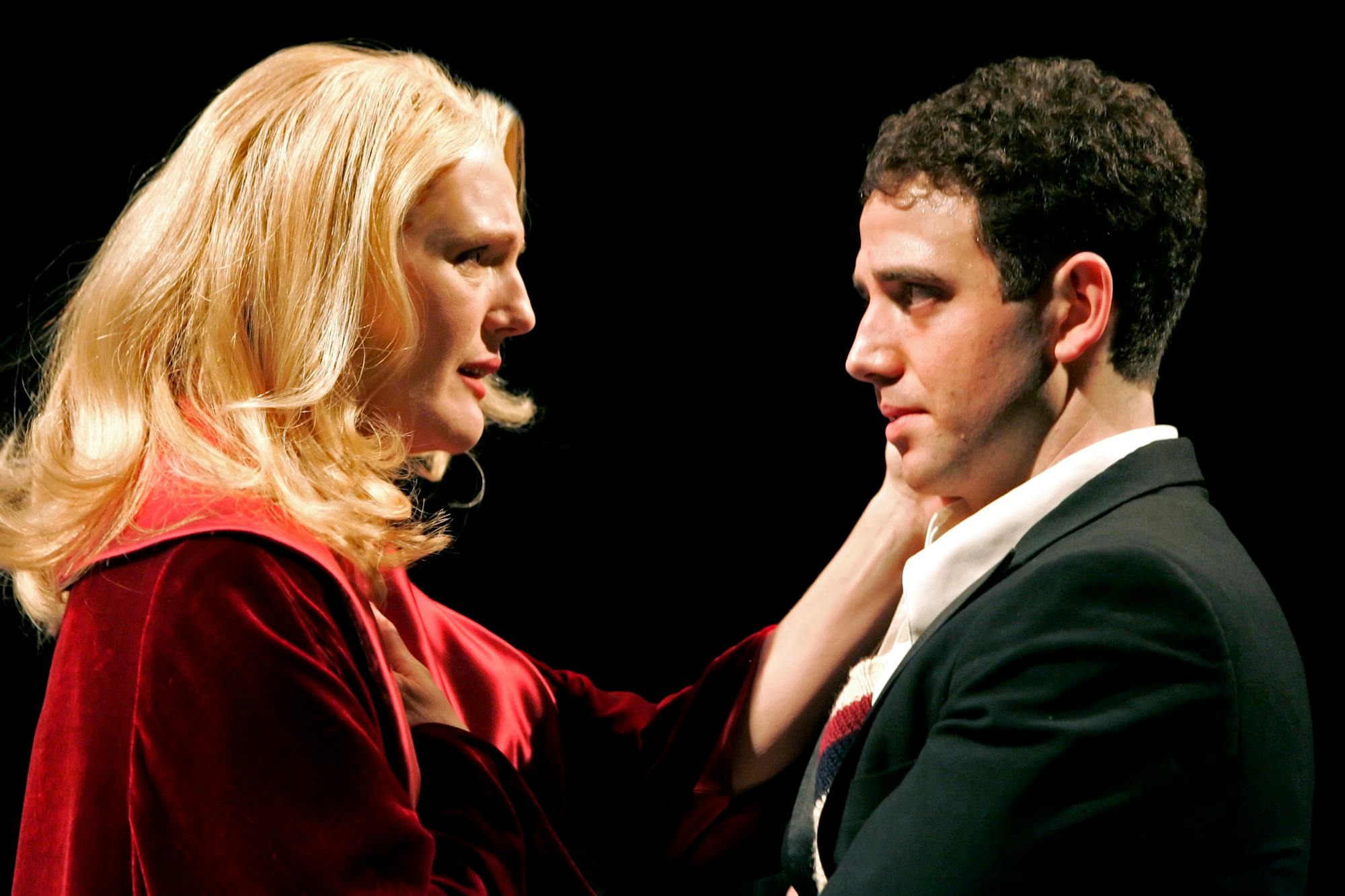A timeline of the Guthrie Theater: It all began in 1959
September 1959
In a notice in the New York Times, Irish theater director Tyrone Guthrie announces that he wants to have a resident theater outside of New York and invites cities across the country to make their best case.
Spring 1960
Newspaper scion John Cowles Jr. leads a steering committee to bring the theater to the Twin Cities. T.B. Walker Foundation gives a commitment for land next to Walker Art Center and $400,000 for construction.
May-summer 1960
After Guthrie and fellow founders Oliver Rea and Peter Zeisler visit seven interested cities, they choose Minneapolis/St. Paul. The steering committee is formally constituted as the Tyrone Guthrie Theatre Foundation.
November 1961
Construction begins on the theater, with a stage designed by Tanya Moiseiwitsch and Guthrie, on Vineland Place in Minneapolis.
October 1962
A Mankato Sunday school class sends a donation of $6.37 for the building. The Ford Foundation provides a grant of $337,000 for preopening costs and operating assistance.

January 1963
The volunteer group Stagehands holds its first ticket campaign meeting and rally led by actor Robert Preston. Stagehands would sell more than 14,000 subscriptions in the following months, setting a national record for a noncommercial theater.
May 7, 1963
Known as the Minnesota Theatre Company, it launches with "Hamlet," directed by Guthrie and starring George Grizzard. For its first season, the theater welcomes 22,000 season ticket holders and receives $300,000 in advance sales.

1966
Tyrone Guthrie protégé Douglas Campbell becomes the theater's second artistic director.
1967
Tyrone Guthrie opens "The House of Atreus," which would later transfer to Broadway and also play Los Angeles as part of a national tour.
1971
After a distinguished career with Canada's Stratford Festival Theatre, Michael Langham becomes the Guthrie's third artistic director.
1975
The Guthrie produces Charles Dickens' "A Christmas Carol" at the holidays for the first time.

1977
Alvin Epstein is appointed the Guthrie's first American artistic director, and his tenure runs for 18 months.
1979
The first American Sign Language-interpreted performance is staged.
1980
Liviu Ciulei, an architect and designer known for daring theatricality, is appointed the Guthrie's fifth artistic director. He redesigns the Guthrie stage and directs "The Tempest," "Peer Gynt" and "A Midsummer Night's Dream."
1981
Jessica Tandy and Hume Cronyn, stars from the original Guthrie acting company, return to the theater for the premiere of "Foxfire."

1982
The Guthrie receives a Tony Award for its outstanding contribution to American theater.
1983
"Guys and Dolls" becomes the first full production of an American musical at the Guthrie.
1989
JoAnne Akalaitis directs an epic production of Jean Genet's "The Screens." The company includes Joseph Haj, a young actor fresh out of graduate school.
February 1992
The Guthrie's five-year Campaign for Artistic Excellence results in the largest endowment among nonprofit theaters at the time.
February 1995
Joe Dowling, long associated with Ireland's Abbey Theatre, is named the Guthrie's seventh artistic director. His inaugural season includes "The Cherry Orchard" and "A Midsummer Night's Dream."

Spring 2000
The theater tours "Othello" around the country and premieres Arthur Miller's "Resurrection Blues."
Spring 2001
After a nine-month review of three dozen candidates, the Guthrie chooses French architect Jean Nouvel to design its new building on a former industrial site by the Mississippi River.
Spring 2003
The Minnesota Legislature approves $25 million in bonding for the new Guthrie. The project will cost $125 million in total — raised from private and corporate donors plus the state.
May 7, 2006
The original Guthrie playhouse on Vineland Place closes with a production of "Hamlet" directed by Dowling and starring Santino Fontana.

June 25, 2006
The new Guthrie opens to the public, welcoming more than 25,000 guests at an open house.
2009
The Guthrie produces a festival of Tony Kushner's plays, including "Caroline, or Change."
October 2011
Dowling's production of "H.M.S. Pinafore" is broadcast nationally as part of PBS' Arts Fall Festival.
2015
Joseph Haj, producing artistic director of PlayMakers Rep, is tapped as the Guthrie's eighth artistic director.

2018
Haj stages "West Side Story," which plays to 100% capacity and helps to lead the Guthrie to its highest ticket seasonal revenue yet.
July 2019
"Floyd's," a Guthrie commission by Lynn Nottage, makes its world premiere. It opens under a new title, "Clyde's," on Broadway in November 2021 and gets a Tony nod for best play.

March 2020
After COVID-19 shuts down shows, 3,467 donors contribute to the One Guthrie emergency relief campaign and 2,499 patrons donate the value of their canceled tickets to the Guthrie.
May 2020
Following the murder of George Floyd, the Guthrie leadership engages with Black artists, community leaders, staff and board members on how the theater can work toward becoming a more equitable organization.
Sept. 30, 2021
Onstage performances resume after being kept dark for more than a year, with a national tour presentation of "What the Constitution Means to Me."
April 2023
To mark its 60th anniversary, Haj gives a nod to the Guthrie's beginnings by staging "Hamlet."
